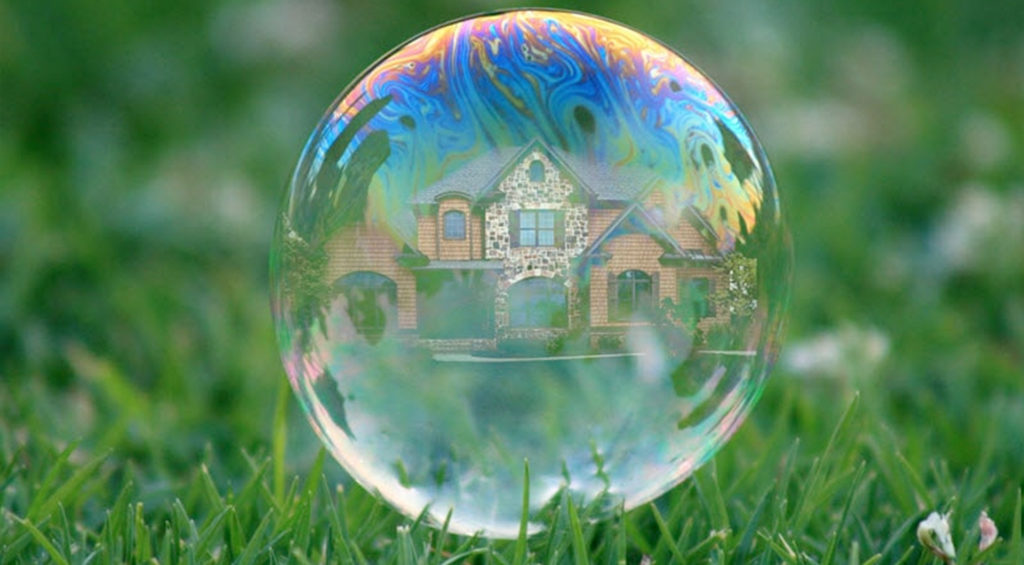Unmatched competition, sky-high housing prices and a seemingly endless surge in demand — the symptoms of the current market seem eerily familiar to some real estate experts.
Murmurs of a housing bubble have been heard throughout the country, from the intense market in Seattle to the building empire in Florida.
It’s a term that causes everyone to halt in their footsteps, as they are wary of repeating the same mistakes of the past. When the housing bubble that formed from 2000 to 2006 burst, it kicked off the economic downturn that is now referred to as the Great Recession.
So, given the nature of the current market, it begs to ask the question: Is this another U.S. housing bubble?
First, let’s remember what exactly this phenomenon is:
A housing bubble is a typical economic occurrence that happens from time to time when there is increased excitement and exuberance in the real estate market. Bubbles can form in local markets as well as regional and national markets, and often happen when there’s a rise in demand for housing while there’s also expectation of continued growth.
Symptoms of a Housing Bubble
A market is categorized as a bubble when the following conditions occur:
- Prices are rising — and fast. In a bubble, housing prices are going to rise faster than salaries and the cost of living.
- Interest rates begin to rise. When interest rates start to rise, demand for housing can slow down. Yet, during a bubble, the prices of homes will keep rising.
- Fewer home buyers are able to use cash. During a bubble period, the vast majority of homeowners must take out loans in order to purchase their homes. Traditional down payments and cash offers are few and far between.
- Creative financing is available. As more people require credit to take out loans during a bubble, some loan officers start to offer creative financing options that may not be as fiscally sound as traditional financing options.
Symptoms of the Current Housing Market
The real estate market across the country is showing the following signs:
- Rising property values and home prices. There are plenty of buyers in the market who are in need of a new home, which is driving up prices.
- Low inventory levels. These low levels have been plaguing much of the country for the last year, forcing buyers to become more competitive and even excluding some buyers from being able to finalize a purchase.
- Minimal leverage. Most buyers who are able to get into a new home have had to come with cash ready to hand over. Significant down payments and full cash offers are common in this market.
Is This a Housing Bubble?
The short answer is no, this is not a housing bubble.
While it’s natural to feel uneasy about the striking similarities, there are a few distinct differences that separate this market from the market 15 years ago. Credit is still tough to come by, inventory levels are low, and the demand is being driven by economic growth and increased job opportunities.
The current national real estate market is in the process of slowing down, according to the National Association of Realtors.
Monthly sales as well as pending sales are on the decline, and many experts feel that 2017 will not live up to the expectations that real estate agents and investors had for it at the beginning of the year.
However, the supposed downturn is not a bubble that is bursting…
Rather, it’s a sign that the market is going to balance itself out, as tends to happen in normal economic cycles.


